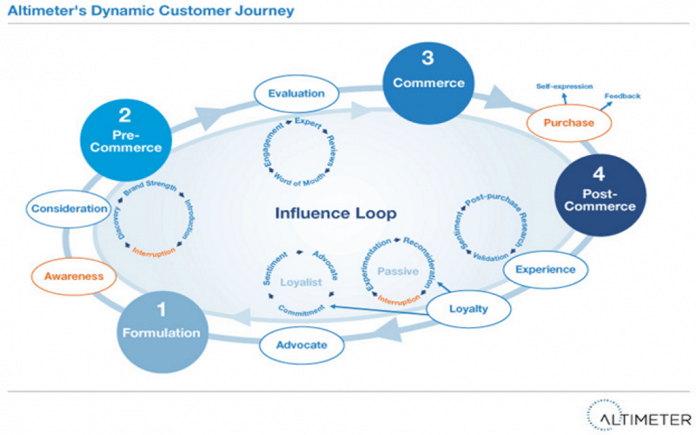A plenty of marketers remains still busy pondering on thoughts regarding the compelling marketing strategy for Twenty-17. While browsing the internet, we have come across countless small and moderate business who continue asking for suggestions for their new year marketing strategy.
The times have changed a lot from what it used to be when the digital atmosphere started its trip, now the online world has built a benchmark. You can’t simply get there and be successful. There’s a lot a newcomer has to do to achieve victory. However, for those who are already established in the game can nurture themselves with modest changes in their preceding year approaches.
As for the audience is involved, they are becoming intelligent day by day, and you can’t simply woo them with engaging words and videos. They know their wants and seek for essential information before they proceed and determine to buy a product/service.
So, buyer’s journey is alternate that you can introduce in your marketing strategy and bend your efforts in mastering the same.
Understanding the term ‘Buyer’s Journey’
Buyer’s journey can be defined as storytelling in the field of marketing. Let’s say a novelist writes a story, he/she will follow a proper structure, making the novel establish a connection with the audience and defining a journey within the story. In short, know the readers psychic and cater them with the realistic needs.
So, assuming that the whole process from the point when someone gets online in search of some product is a story where the buyer is the star. He/she will follow deliberate steps to reach the climax, that is buying a product.
The process/story starts from the buyer becomes aware of the product, evaluate if they need it, and then make the decision to buy it from you or other vendor.
So, what should you do to master the process of buyer’s journey:
Stage 1: Aware your audience of your product
‘I didn’t buy it because I wasn’t aware about it’ as simple as that. If your audience don’t know about your product, they won’t purchase your product. Chances are people are browsing the internet yet they don’t know a thing about your product. So, the first step is to aware your audience about your product, tell them about the problems they can face due to unavailability of your product and the lucrative benefit they can earn from it.
How can you do it?
- E-book and E-guides
- Whitepapers
- Educative content on blog post
- Industry research and reports
Stage 2: Create the need for your product
‘I am not going to buy it, I think i won’t be need it’ this can be the expected statement from your website visitor/unsuccessful lead if you anyhow get a chance to get their feedback. Some people do have a problem and they are looking for solution, hence they are are easily influenced. Difficulty will rise while dealing with those prospects who are intelligent enough to understand their needs.
Tell your audience about the use and benefits associated with the purchase of your product or service.
How can you do it?
- Product comparison guides
- Expert guide
- How to guides
- Tips and tricks
- Pros and cons
- Benefits for business
Stage 3: Catch the eye with your sales pitch
The efforts made on the two preceding stages won’t be justified if you don’t perform well on this stage. This stage will result in conversion, for you or your competitor. Now, all you have to do is to create an inevitable sales pitch that is tempting enough to transform your lead into a successful customer.
How can you do it?
- Feasible and catchy offers
- Clients testimonial to establish trust
- Third party reviews to prove legitimacy
- Live Demo or trial period
Perfect yourself on these three stages and see your business reach progressive heights.



